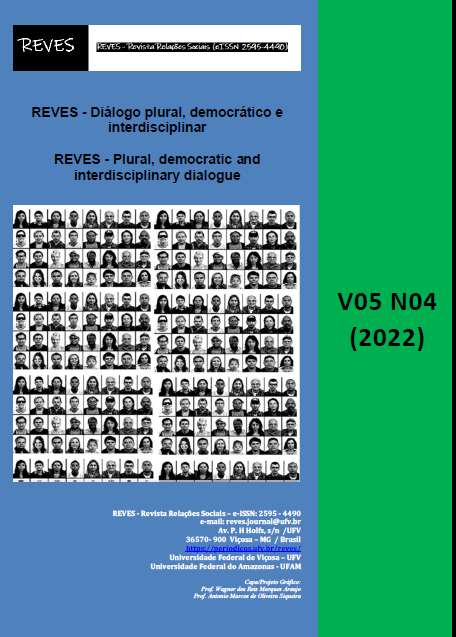Reflections on pigmentocracy and colorism in Brazil
DOI:
https://doi.org/10.18540/revesvl5iss4pp14741-01iKeywords:
Pigmentocracy, Colorism, Racism, BrazilAbstract
This article analyzes race relations in Brazil focusing on two concepts: colorism and pigmentocracy. Alice Walker created the first concept to describe a racial-patriarchal system that values light skins over dark skins created by the U.S Black community. Alejandro Lipschütz created the second term to describe the racial dynamics of Latin American societies, which rank people according to phenotypic characteristics (especially skin color). Through the juxtaposition of these concepts and the literature on race and racism in Brazil, it is argued that the term pigmentocracy captures Brazilian reality better than the term colorism. One essential characteristic of Brazilian racial dynamics is lost when analyzing this country through the lens of colorism: how the ideology of whitening and the violence against the subjectivity of the Black population structure the myth of racial democracy. Pigmentocracy, on the other hand, illuminates the violence related to the valorization of European phenotypic characteristics, the violence associated with the myth of racial democracy and the ideology of whitening.
Downloads
Downloads
Published
How to Cite
Issue
Section
License
Copyright (c) 2022 REVES - Revista Relações Sociais

This work is licensed under a Creative Commons Attribution 4.0 International License.












